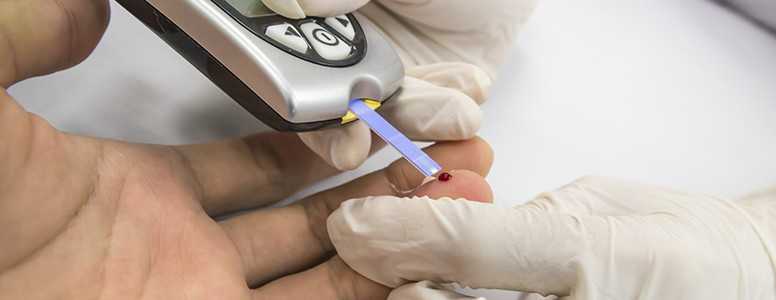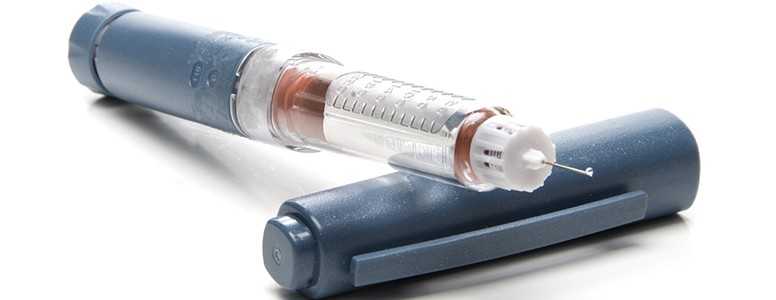The screening process for type 2 diabetes needs “careful re-evaluatio,” according to new research.
The study, conducted at the University of Leicester, is the first to assess the effectiveness of type 2 diabetes testing methods.
The study compared one-step screening methods – which invited at-risk participants to have an oral glucose tolerance test (OGTT) – to multi-step systems in which participants were screened at multiple levels before OGTT.
By comparing several screening processes, the researchers found that people were more likely to agree to an OGTT in a multi-step screening process. Multi-step screenings were also more effective when it came to diagnosing type 2 diabetes. The steps preceding the OGTT were often enough to diagnose type 2 diabetes.
In a one-step process, 15 people had to be invited to an OGTT to detect one case of type 2 diabetes. In a two-step process this figure was 7.6, and in a three or four step process it was 3.6.
The researchers concluded that one-step programmes are inaccurate and ineffective for diagnosing type 2 diabetes. They urged policymakers to consider multi-step processes for type 2 diagnosis.
“We have been able to provide evidence for the overall response rate and yield of diabetes screening in the background of a variety of factors such as geographical area, invitation methods and locality of the population, which influences decision making when undertaking this task,” said Kamlesh Khunti, Professor of Primary Care Diabetes and Vascular Medicine at the University of Leicester and Co-Director of the Leicester Diabetes Centre.
“We can conclude that performing a multi-step approach in a population screening increases the yield and decreases the number needed to screen by [oral glucose tolerance test] and in the two-step approach it even increases the initial response rate to the invitation.
“In terms of absolute numbers, the highest yield of diabetes, however, is obtained in the one-step studies where an OGTT is offered as a screening test to the population.
“The process of screening for type 2 diabetes or those at high risk of diabetes needs careful re-evaluation by local policy makers in each country especially in view of our findings.”
The findings were published in PLOS ONE.
What's new on the forum? ⭐️
Get our free newsletters
Stay up to date with the latest news, research and breakthroughs.






